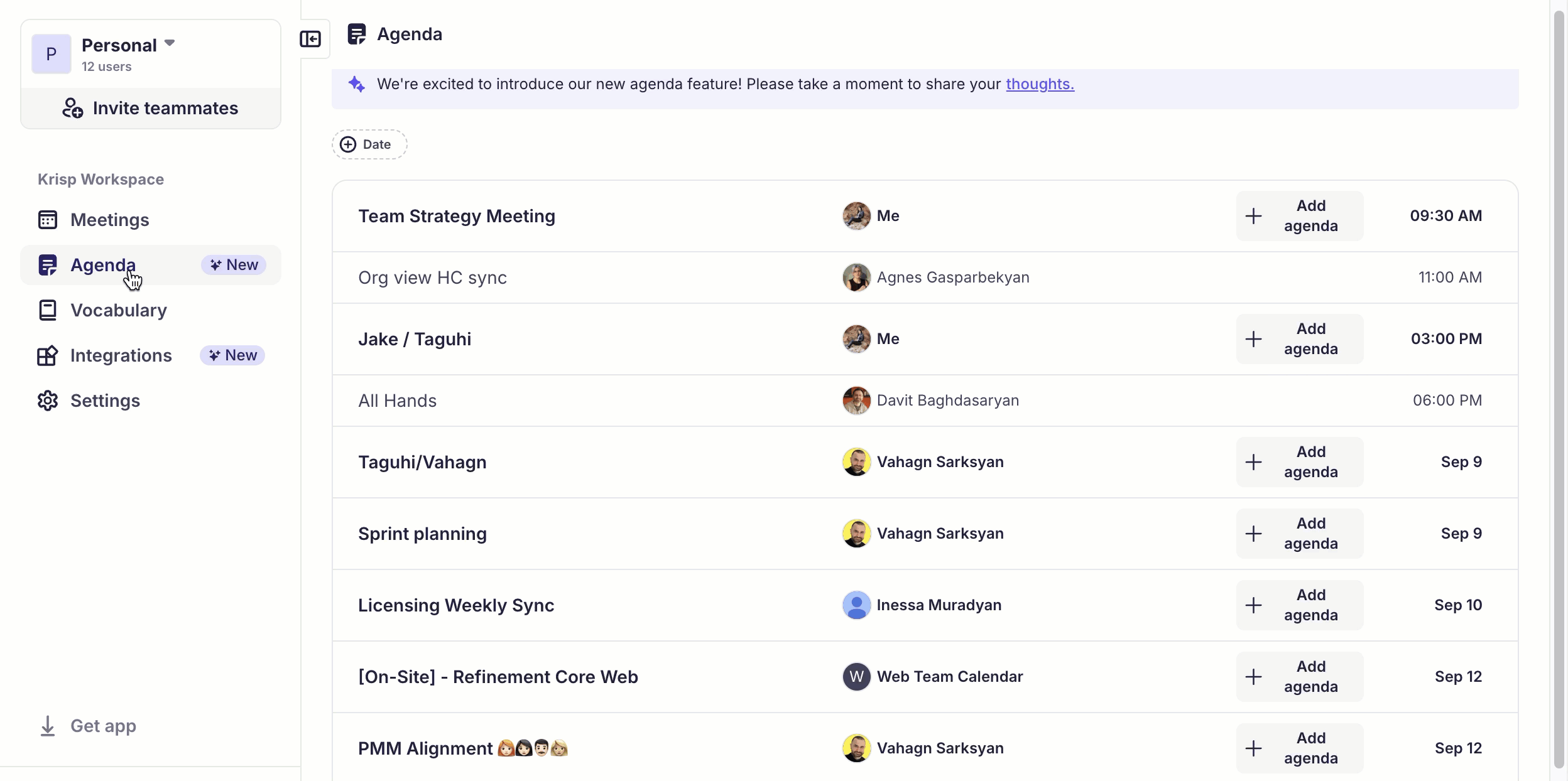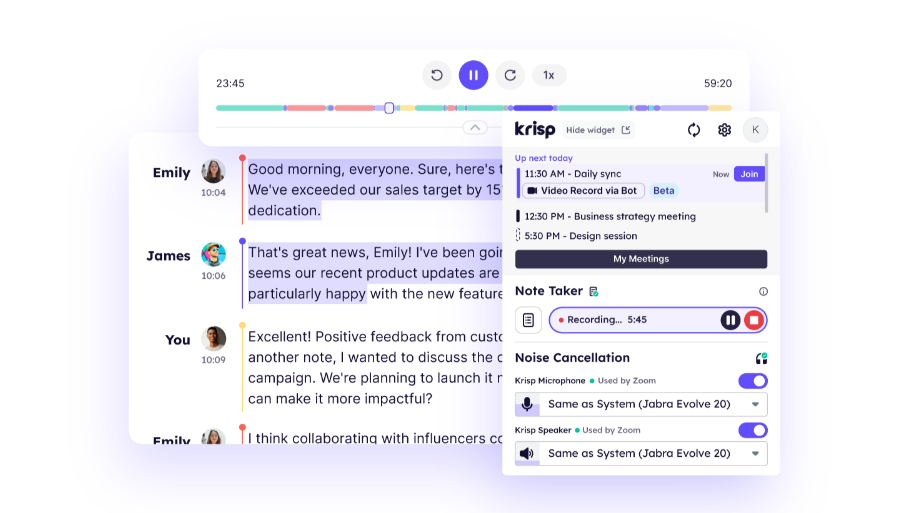The 4 Ps—Purpose, Product, People, and Process—are crucial elements of a well-planned meeting. They provide a roadmap for structuring meetings to ensure that they are both efficient and effective. Let’s break down each P to understand how they contribute to the overall success of a meeting.
The Purpose of the Meeting
The first and most important element of any meeting is its purpose. What is your first task before holding a meeting? Defining the purpose. Every meeting should have a clear objective or reason for being held. Whether the goal is to brainstorm new ideas, make decisions, or provide project updates, the purpose sets the direction for the meeting.
Defining the Objective
The purpose answers the question, which of the following is not a purpose of meeting management? Without a clear objective, the meeting risks becoming a waste of time. In the corporate environment, professional communication is vital to the success of the projects, as it includes both the actual meeting and the thought and consideration put into planning it. Defining the objective helps align everyone’s expectations and ensures all participants work towards a common goal. When planning a meeting, you should first clarify the objective so that the rest of the meeting can be structured around it.
Communicating Purpose to Participants
For meetings to be effective, the purpose must be communicated to all participants beforehand, in the meeting invitation email or a follow-up communication. When attendees know the objective, they can come prepared with relevant questions, information, or ideas. This is particularly important for high-level meetings, such as a board meeting, where discussions are often decision-driven. Making sure everyone understands the purpose from the beginning is a key factor in the success of a meeting.
The Product of the Meeting
The product of the meeting refers to the tangible or intangible outcomes that should be achieved by the end of the session. Whether it’s decisions made, action items outlined, or a strategic plan drafted, defining the desired “product” of the meeting ensures there is a clear target.
Clarifying Meeting Deliverables
A successful meeting results in concrete outcomes. Which of the following should you do if you want to have effective meetings? Clearly define what needs to be accomplished. For example, if you’re running a project management meeting, the product might be a list of assigned tasks or a decision on the next steps. Product meeting outcomes should be defined in advance and communicated clearly.
Aligning Expectations for Outcomes
When you are planning a meeting, aligning expectations about the outcome is crucial. Everyone should leave the meeting knowing exactly what was accomplished and what comes next. This is where effective meeting planning becomes critical. Clarifying deliverables ahead of time ensures accountability and minimizes post-meeting confusion.
To capture these deliverables effectively, consider using a simple meeting minutes template to keep track of key decisions and action items.
The People Involved in the Meeting
The people who participate in a meeting are not just attendees, they are the key to its success. Ensuring you have the right people in the room, each with a significant role to play, is essential for achieving your desired outcomes. Each P plays a significant role in determining the meeting’s success, and the active involvement of the right people is fundamental.
Identifying Key Participants
Not everyone needs to be invited to every meeting. To ensure good meetings, identify who will be directly involved in achieving the meeting’s objectives. For example, in a team meeting, invite only those who have valuable input or will be directly affected by the meeting’s outcomes. This will prevent the meeting from becoming too large and unmanageable.
Assigning Roles and Responsibilities
To have more effective meetings, managers should assign specific roles to participants. Common roles include:
- A facilitator to guide the meeting.
- A timekeeper to ensure the meeting stays on track.
- A note-taker to capture meeting minutes and action items.
Assigning these roles ahead of time helps keep the meeting organized.
Ensuring Engagement and Participation
An effective meeting structure promotes active participation. Ensure that each person in the room has a role in contributing to the meeting’s outcomes. For example, asking open-ended questions or assigning individuals to present updates can keep everyone engaged. Which of the following is a helpful ground rule for planning meetings? Encouraging active participation from all attendees.
For asynchronous work environments, ensuring team collaboration and involvement is still crucial.
The Process for the Meeting
The final P—Process—refers to the structure and flow of the meeting. A well-organized process ensures that the meeting stays on topic, runs efficiently, and achieves its purpose.
Structuring the Agenda
A well-defined agenda is a critical part of how to have an effective meeting. What are the 4 Ps of a meeting agenda? They are Purpose, Product, People, and Process. The meeting agenda should be distributed ahead of time and should include the discussion topics, time allocations, and any materials participants need to review beforehand.
Keeping the Meeting on Track
Meetings often get derailed by off-topic discussions or lengthy debates. To avoid this, follow the agenda closely. Stick to the timeline and ensure each agenda item gets the attention it needs without straying into unrelated territory. The facilitator plays a key role in maintaining focus and managing the meeting process.
Adapting the Process as Needed
While structure is important, flexibility is also key. Meetings may need to adapt if new, urgent issues arise. However, it’s essential to recognize when deviating from the agenda is necessary and when it’s best to table discussions for another time. Finding a balance between structure and adaptability is important for successful meetings.
Pro tip: For technology that can streamline your meeting process, consider using an AI meeting assistant to manage scheduling, take notes, and track action items efficiently.
The Benefits of Using the 4 Ps Framework in Meetings
Improving Meeting Efficiency
By following the 4 Ps, you can significantly improve meeting efficiency. Clearly defining the purpose, product, people, and process helps reduce wasted time and ensures that meetings stay focused on their objectives. Which of the following can make a meeting more successful? Having a well-structured agenda that adheres to the 4 Ps.
Enhancing Accountability and Clarity
There is greater accountability when everyone understands the meeting’s purpose and expected outcomes. Participants are clear on what is expected of them, both during and after the meeting.
Promoting Better Decision-Making and Collaboration
Effective meetings foster better collaboration and decision-making. By following the 4 Ps, you can ensure that meetings are structured to encourage productive discussions and thoughtful decision-making.
Practical Tips for Implementing the 4 Ps in Your Next Meeting
Planning the Agenda
To implement the 4 Ps, start by planning your meeting agenda with clear objectives and desired outcomes in mind. Ensure you have the right participants and assign specific roles to keep the meeting on track.
Following Through Post-Meeting
Effective meetings don’t end when the meeting is over. A meeting should end with a clear set of action items and a follow-up plan. Ensure that meeting minutes and meeting recap materials are distributed promptly, and follow-up is tracked to maintain accountability.
How Krisp Boosts Meeting Productivity
Krisp is a powerful tool designed to enhance the productivity of your remote meetings. With its innovative AI-driven features, Krisp helps eliminate distractions, improve clarity, and streamline the meeting process. Here’s how Krisp can transform your meetings into more productive and efficient sessions:
Creating a Meeting Agenda
Krisp offers a robust agenda feature designed to streamline your meeting preparation and execution. Through the Meetings page in the account dashboard, available for users on Free and Pro plans, you can create, manage, and share meeting agendas with ease. This tool allows you to organize your meetings by adding key discussion topics directly to each scheduled session.

Meeting Transcription and Note-Taking
Keeping track of key points and action items during a meeting can be a challenge. With Krisp’s automatic meeting transcription feature, you can capture every word of your meeting without manual note-taking. This not only ensures accuracy but also allows participants to stay focused on the conversation instead of multitasking, instilling a sense of confidence and efficiency. The transcripts can later be reviewed for important decisions, next steps, and action items, leading to more efficient follow-ups.
AI Meeting Assistant for Time Management
Managing time during meetings can be difficult, especially when discussions go off track. Krisp’s AI Meeting Assistant can help by monitoring the flow of the meeting, recording meetings for future bookkeeping and sending time reminders when topics exceed their allocated time. This feature ensures that you stay on schedule and cover all the essential agenda items, making your meetings more time-efficient and allowing you to feel more in control and less rushed.

Seamless Integration with Communication Platforms
Krisp seamlessly integrates with a wide range of popular communication platforms like Zoom, Microsoft Teams, Google Meet, and more. This flexibility allows you to use Krisp’s productivity-enhancing features without having to switch between apps, creating a seamless meeting experience. Whether for board meetings, team syncs, or client calls, Krisp helps you manage meetings more effectively across different platforms.
Improving Remote and Hybrid Work Collaboration
In an era of remote and hybrid work, Krisp is crucial in keeping teams connected and productive. By ensuring clear communication, recording important discussions, and improving time management, Krisp facilitates smoother collaboration. This leads to faster decision-making and better alignment among team members, even when they are not physically present.
By leveraging Krisp’s features, managers and teams can not only hold more effective meetings but also ensure that every minute contributes to achieving tangible outcomes. The benefits of using Krisp are clear: improved communication, streamlined processes, and more productive meetings.
Noise Cancellation for Clearer Communication
Background noise can be a significant distraction in any virtual meeting. Whether it’s the sound of typing, traffic, or other participants’ surroundings, these interruptions can slow down discussions and impact the flow of communication. Krisp’s advanced noise cancellation technology filters out all unwanted noise, ensuring everyone in the meeting hears and is heard clearly. This leads to fewer misunderstandings and more focused discussions, which are essential for running effective meetings.
Conclusion
The four Ps of a meeting agenda—Purpose, Product, People, and Process—are essential tools for running effective and successful meetings. By focusing on these key areas, managers can ensure that their meetings are purposeful, efficient, and productive. Whether you are conducting a project management session or a strategic planning meeting, applying the four Ps can help you achieve your desired outcomes and avoid wasting time.
FAQs


